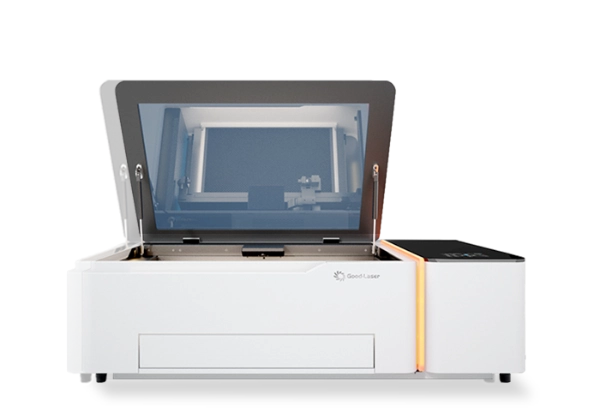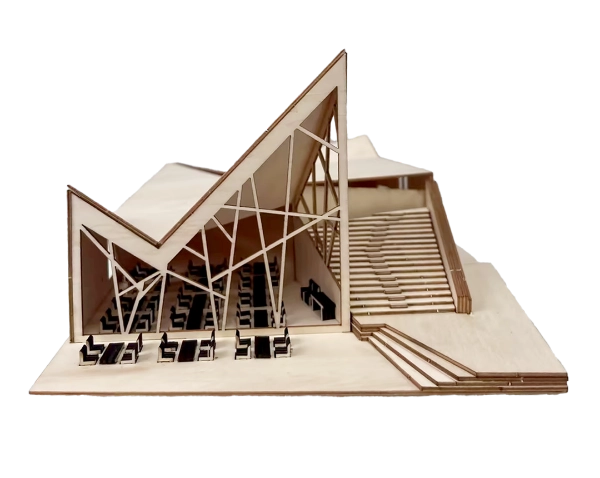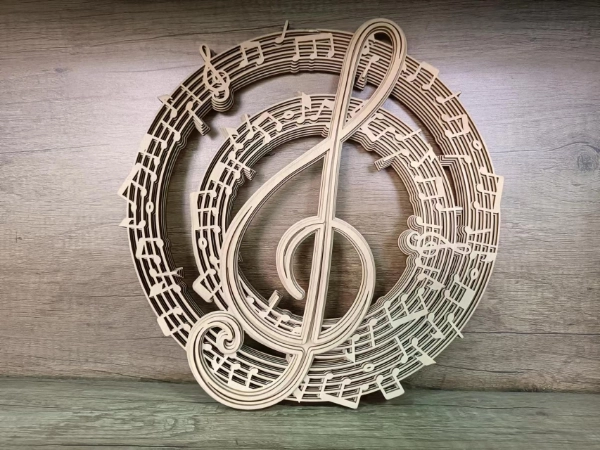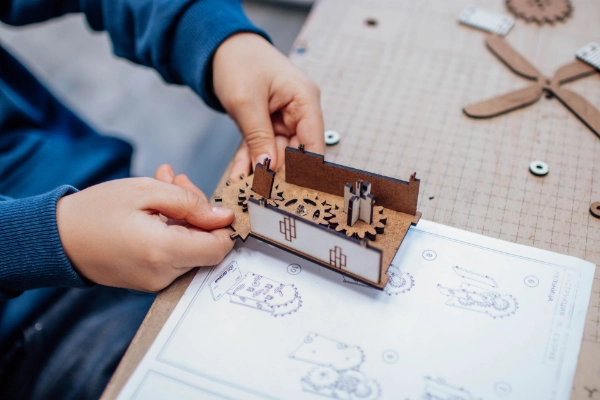How to Maintain a 3D Laser Engraving Machine?
3D laser engraving machines are capable of creating complex patterns and designs with unparalleled precision. However, like any advanced equipment, these machines require regular maintenance to ensure optimal performance, longevity, and safety. In this blog post, Good-Laser will share the maintenance methods of 3D laser engraving machine for sale, covering key components, cleaning procedures, calibration, and troubleshooting techniques.
1. Understanding the Core Components
- Laser Source: The core element responsible for emitting the high-energy beam used for engraving.
- Optical Path: Mirrors and lenses that direct and focus the laser beam.
- Cooling System: Prevents the laser source from overheating.
- Motion System: Includes linear guides, belts, and stepper or servo motors that move the engraving head.
- Control System: The software and electronic components that manage engraving parameters and machine operations.
- Work Surface: The area where materials are placed for engraving.
Each component requires specific attention during maintenance to avoid performance degradation and costly repairs.
2. Routine Cleaning Procedures
Dust, debris, and residue can accumulate on the machine's optical and mechanical parts, impairing functionality. Regular cleaning is essential:
Optical Path
- Lenses and Mirrors: Use specialized lens-cleaning solutions and lint-free microfiber cloths. Avoid applying excessive pressure to prevent scratches.
- Inspect the optical elements weekly for residue, and clean as necessary. A degraded optical path reduces engraving precision and laser power.
Work Surface
- Clear the workspace after each use to remove residual material. Over time, debris can obstruct the laser beam or damage the engraving head.
Enclosure and Fans
- Dust can accumulate in the machine' s enclosure and cooling fans. Use a low-pressure air blower or vacuum to clean these areas monthly, ensuring proper airflow.

3. Lubrication and Motion System Care
The motion system is crucial for precise engraving and consistent results. Lack of maintenance can lead to misalignment or jerky movements.
- Linear Guides and Bearings: Clean these components with a dry cloth to remove debris and apply a high-grade lubricant. Over-lubrication can attract dust, so use sparingly.
- Belts and Pulleys: Inspect for wear and tension. Replace any frayed belts and adjust tension to manufacturer specifications to maintain smooth motion.
4. Calibration and Alignment
Calibration is vital to maintaining precision in 3D engraving. Misalignment of the laser beam or motion system can lead to errors or uneven engraving depths.
Laser Beam Alignment
- Check the alignment of the laser beam using a calibration tool or alignment paper.
- Adjust the mirrors and lenses according to the manufacturer' s guidelines to center the beam at each stage of the optical path.
Focus Adjustment
- Ensure the laser is properly focused on the material for maximum efficiency. Use a focus gauge or automatic focus feature if available.
Axis Calibration
- Test the X, Y, and Z axes for accuracy. If deviations are observed, recalibrate the stepper or servo motors using the machine' s software.
5. Cooling System Maintenance
An efficient cooling system is critical for preventing overheating and extending the life of the laser source.
- Water-Cooled Systems: Replace the water in the cooling system every 2–3 weeks. Use distilled water and check for leaks in hoses or connectors.
- Air-Cooled Systems: Ensure vents are clear of dust and debris. Clean the fans with compressed air and check for unusual noises, which may indicate a failing fan.
6. Electrical and Software Checks
Electrical components and software require regular updates and inspections to prevent malfunctions.
- Wiring and Connectors: Inspect all wiring for fraying or loose connections. Secure any loose wires to prevent intermittent power loss.
- Firmware and Software Updates: Check the manufacturer' s website for updates. New firmware versions often include bug fixes and performance enhancements.

7. Troubleshooting Common Issues
Even with regular maintenance, issues may arise. Here' s how to address some common problems:
Inconsistent Engraving
- Possible Causes: Misaligned optics, dirty lenses, or unstable motion system.
- Solution: Clean the optical path, realign the laser, and check for mechanical obstructions.
Overheating
- Possible Causes: Inefficient cooling system or clogged fans.
- Solution: Inspect the cooling system, replace water or clean fans, and verify proper airflow.
Power Loss
- Possible Causes: A deteriorating laser tube or poor electrical connections.
- Solution: Replace the laser tube if nearing its operational lifespan and inspect wiring.
8. Scheduling Preventive Maintenance
Develop a maintenance schedule based on the machine's usage. For heavy industrial use, weekly checks are recommended. Light usage may require monthly maintenance. Include the following in your schedule:
- Weekly: Clean optics and work surface, inspect motion system.
- Monthly: Lubricate mechanical components, clean cooling fans.
- Quarterly: Replace cooling water (if applicable), check laser alignment.
- Annually: Perform a full inspection and replace consumables such as belts or laser tubes.
9. Safety Precautions
Always prioritize safety when maintaining your 3D laser engraving machine:
- Disconnect power before cleaning or servicing.
- Wear protective gloves and goggles when handling lasers or chemicals.
- Follow the manufacturer' s safety guidelines.
Conclusion
Proper maintenance of a 3D laser engraving machine is a systematic process that ensures precision, efficiency, and longevity. By regularly cleaning, aligning, lubricating, and inspecting all components, you can prevent downtime, avoid costly repairs, and maintain high-quality engraving results. A well-maintained machine not only performs better but also guarantees safety and reliability.




